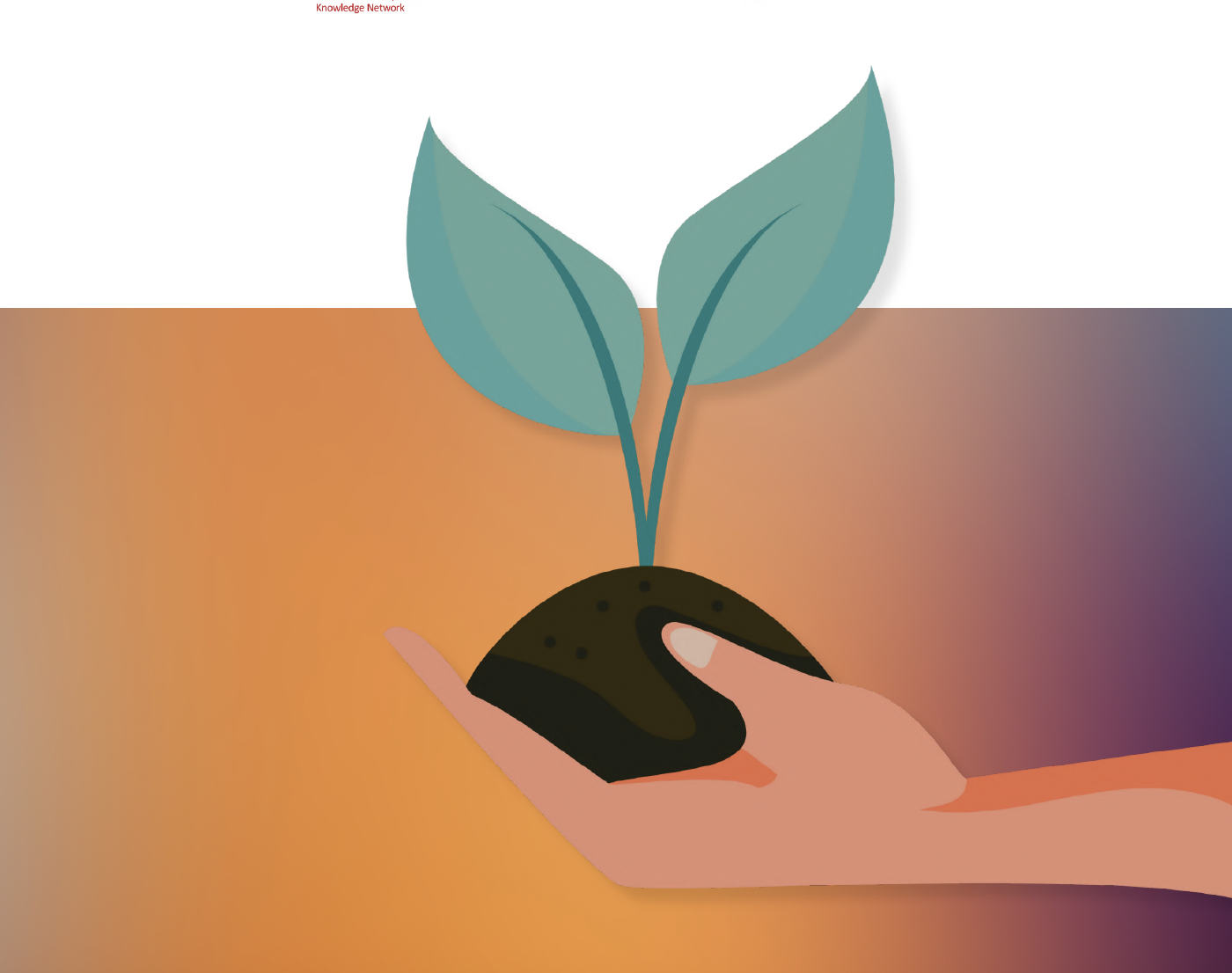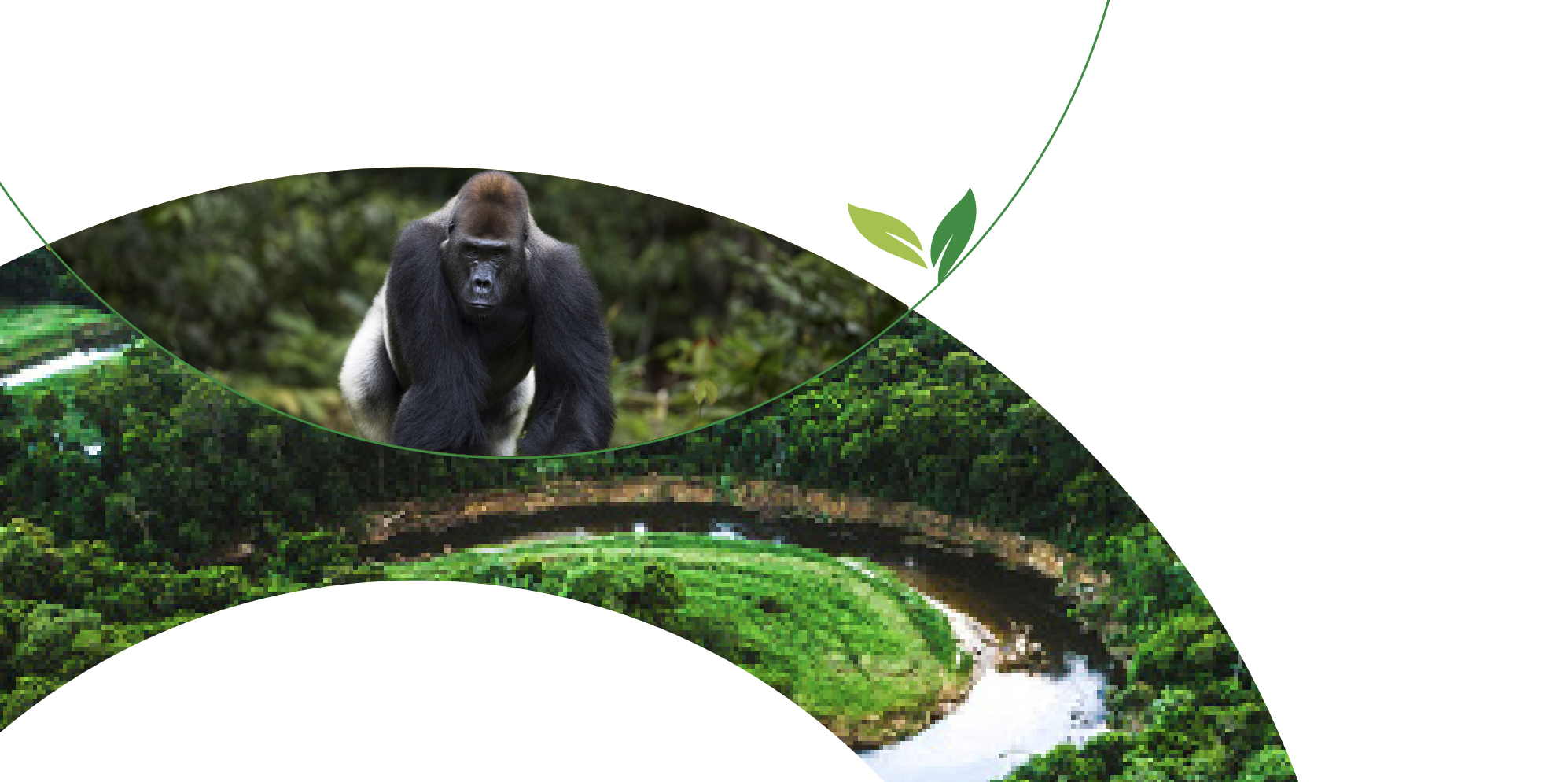When restoring degraded landscapes, approaches capable of striking a balance between improving environmental services and enhancing human wellbeing need to be considered. Agro forestry is an important option for restoring degraded land and associated ecosystem functions. Using survey, key informant interview and rapid carbon stock appraisal (RaCSA) methods, this study was conducted in five districts in West Java province to examine potential carbon stock in agroforestry systems practiced by smallholder farmers on degraded landscapes. Six agroforestry systems with differing carbon stocks were identified: gmelina (Gmelina arborea Roxb.) + cardamom (Amomum compactum); manglid (Magnolia champaca (L.) Baill. ex Pierre) + cardamom; caddam (Neolamarckiacadamba (Roxb.) Bosser) + cardamom; caddam + elephant grass (Pennisetum purpureum Schumach.); mixed-tree + fishpond; and mixed-tree lots. Compared to other systems, mixed-tree lots had the highest carbon stock at 108.9 Mg ha−1 . Carbon stock variations related to species density and diversity. Farmers from research sites said these systems also prevent soil erosion and help to restore degraded land. Farmers’ adoption of agroforestry can be enhanced by the implementation of supportive policies and measures, backed by scientific research.
Carbon sequestration potential of agroforestry systems in degraded landscapes in West Java, Indonesia
Year: 2021
































































































































































































































































































































































































































































































































































































































































































































































































































































































































































































































